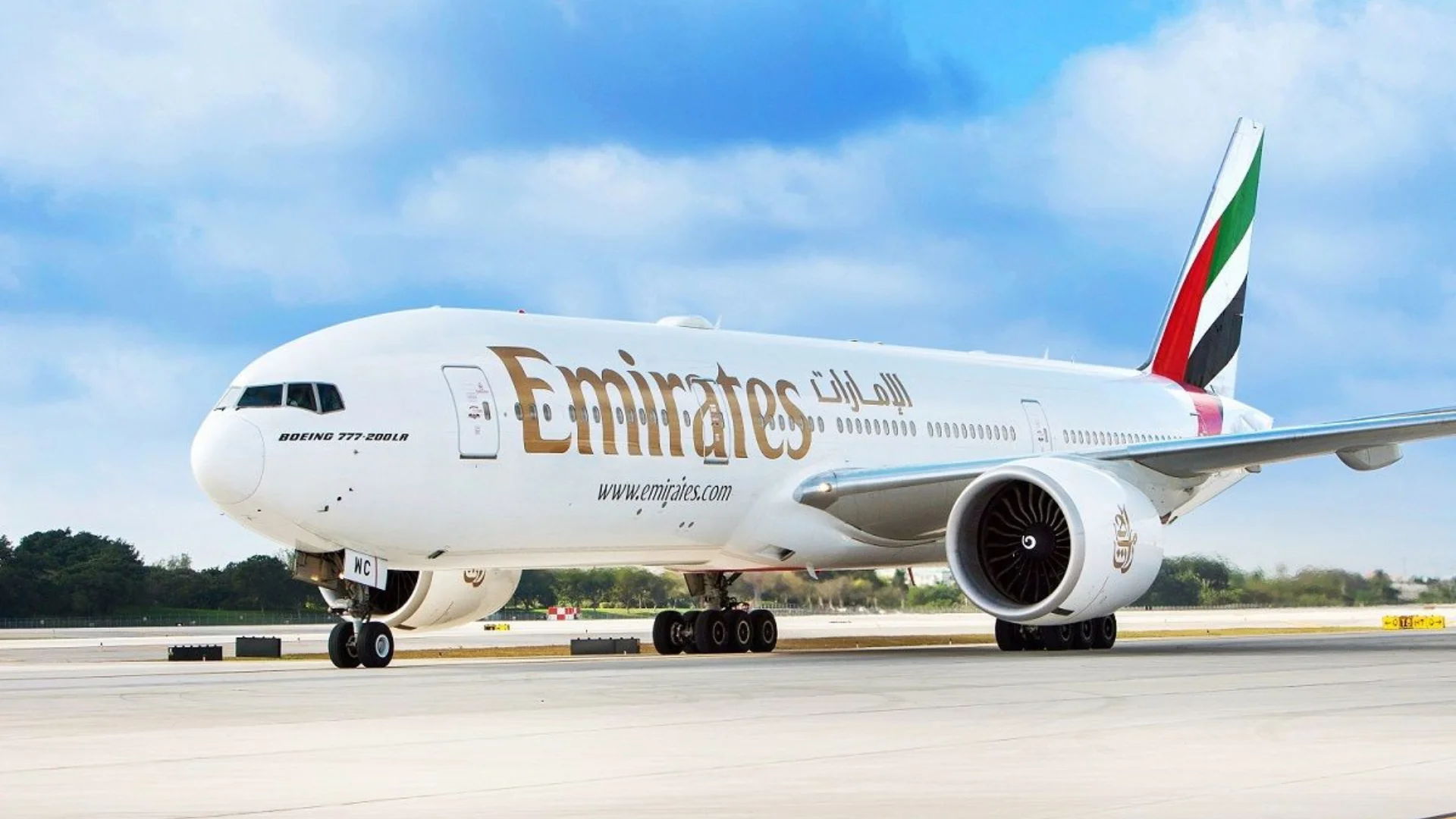The Boeing 777-200LR, introduced in 2005 and dubbed the “Worldliner,” was designed to push the boundaries of commercial aviation with its ability to fly over 9,395 nautical miles nonstop. The aircraft set a world record for the longest nonstop flight by a commercial airliner when it flew from Hong Kong to London via the Pacific and the US, covering 21,602 km (11,664 nm). Despite these achievements, only 61 units of this variant were produced—a small number compared to other models in the Boeing 777 family.
The limited adoption of the 777-200LR is tied to its unique market position and economic realities. The aircraft’s vast fuel capacity and reinforced structure made it heavier and more expensive to operate than other variants. Most airlines found that ultra-long-haul routes requiring its full range were rare, making such operations economically challenging. "Larger fuel tanks made the aircraft heavy to fly, while rising fuel prices also rendered it expensive to operate," according to Simple Flying.
Many airlines opted for the larger Boeing 777-300ER or Airbus A340s for long-haul flights due to their better per-seat economics or similar range capabilities. With newer models like the Boeing 787 Dreamliner and Airbus A350-900ULR offering improved efficiency and flexibility, demand for the specialized -200LR further declined.
 Alerts Sign-up
Alerts Sign-up




































